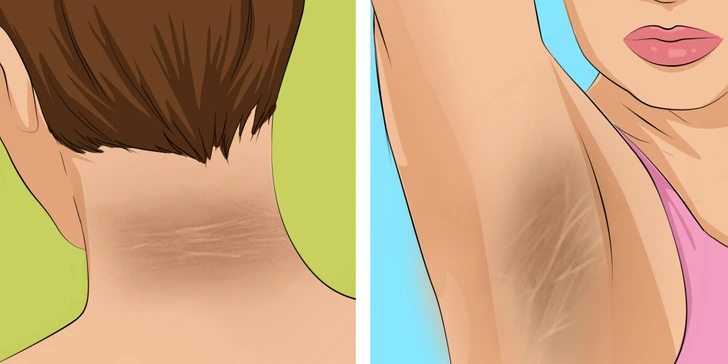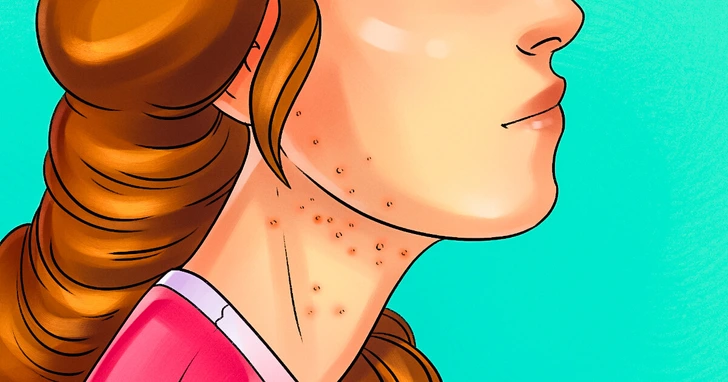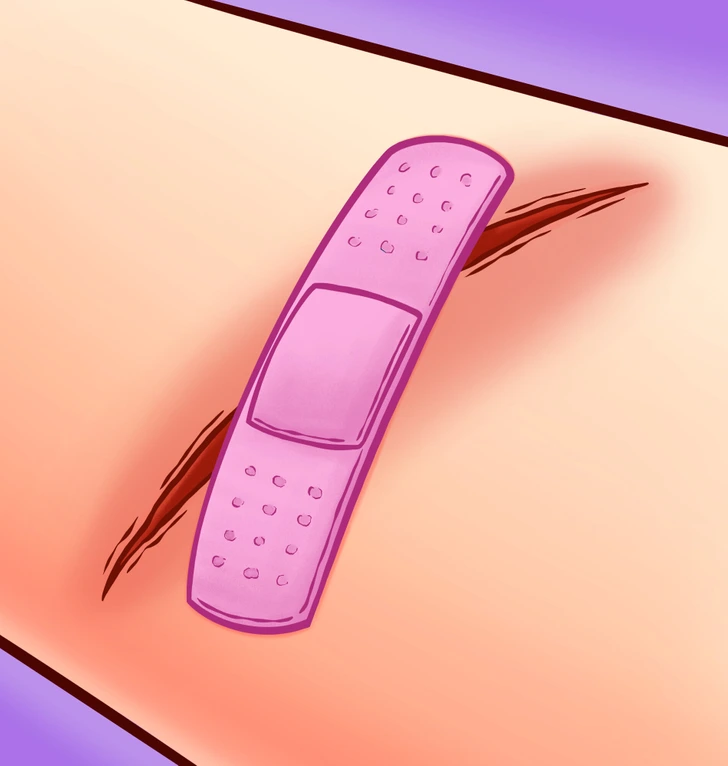Diabetes is a chronic health condition that often develops silently, with many people experiencing mild or unnoticed symptoms in the early stages. Left untreated, it can lead to serious complications like nerve damage, kidney disease, and vision problems.
Unfortunately, many early warning signs of diabetes are mistaken for minor health issues or simply ignored. Recognizing these subtle clues early on can help you take control of your health before the condition worsens.
If you experience any of the following nine symptoms, it may be time to consult a doctor for a diabetes screening.
1. Dark Patches of Skin (Acanthosis Nigricans)

A dark, velvety-textured patch of skin appearing on the neck, armpits, groin, or elbows could be an early warning sign of diabetes or prediabetes. This condition, known as acanthosis nigricans, is often linked to insulin resistance—a key indicator that the body is struggling to regulate blood sugar levels.
These patches may appear thicker and darker than surrounding skin and can sometimes feel slightly raised. While this condition is not dangerous in itself, it often signals underlying metabolic issues that should be addressed.
2. Unintentional Weight Loss
Losing weight without trying can be a red flag for diabetes, particularly type 1 diabetes. When the body fails to use glucose for energy due to insulin resistance or deficiency, it starts breaking down fat and muscle to compensate. This process leads to rapid, unexplained weight loss despite a normal or increased appetite.
If you’ve noticed significant weight loss without changes to your diet or exercise routine, it’s essential to see a doctor for an evaluation.
3. Blurred Vision and Eye Problems
Fluctuating blood sugar levels can affect eye health, leading to temporary blurred vision. When blood sugar levels rise, fluid can build up in the eye’s lens, affecting its ability to focus properly.
Over time, prolonged high blood sugar can damage the tiny blood vessels in the retina, increasing the risk of diabetic retinopathy—a leading cause of blindness. If you experience frequent vision changes, don’t ignore them; get your blood sugar levels checked immediately.
4. Outbreak of Small Bumps (Eruptive Xanthomatosis)
Diabetes can cause higher triglyceride levels, leading to a skin condition called eruptive xanthomatosis. This appears as small, yellowish bumps on the buttocks, thighs, elbows, or knees.

These bumps are often:
- Tender and itchy
- Reddish or yellow in color
- More common in individuals with high cholesterol and uncontrolled diabetes
If you suddenly develop small, itchy bumps, especially in conjunction with other diabetes symptoms, it may be time to get your blood sugar levels tested.
5. Persistent Fatigue and Low Energy
Feeling tired all the time, even after a full night’s sleep, can be an early warning sign of diabetes. The body struggles to convert glucose into energy, leading to:
- Chronic exhaustion
- Difficulty concentrating
- Mental fog
This fatigue is not just a normal lack of sleep—it’s a result of unstable blood sugar levels that prevent the body from properly fueling itself.
6. Increased Thirst and Frequent Urination

One of the most common early symptoms of diabetes is excessive thirst and frequent urination. When blood sugar levels are too high, the kidneys work harder to filter out excess glucose, leading to more urine production.
This results in:
- Constant thirst (even after drinking fluids)
- More frequent trips to the bathroom (especially at night)
- Dehydration and dry mouth
If you find yourself drinking more water than usual but still feeling dehydrated, it’s a sign that your body is struggling to regulate blood sugar levels.
7. Skin Tags (Acrochordons)
Skin tags are small, soft growths that typically appear on the neck, armpits, and groin area. While they are harmless, having multiple skin tags may indicate high insulin levels in the body—often a precursor to type 2 diabetes.
If you suddenly develop an unusual number of skin tags, it might be worth discussing with your doctor to see if further testing is needed.
8. Slow Healing Cuts and Wounds

High blood sugar can damage blood vessels, slowing down the body’s ability to heal wounds properly. If you notice that small cuts, scrapes, or bruises are taking longer than usual to heal, it could be a warning sign of diabetes.
Slow wound healing increases the risk of infections, making it crucial to keep blood sugar levels in check.
9. Tingling or Numbness in Hands and Feet
Persistent tingling, numbness, or burning sensations in your hands, feet, or legs may indicate nerve damage, also known as diabetic neuropathy. High blood sugar levels can damage small nerves, leading to:
- A pins-and-needles sensation
- Reduced sensitivity in extremities
- Sharp pain or burning feelings
Early detection can prevent further nerve damage, making it essential to check for diabetes if you experience persistent numbness or tingling.
Why You Shouldn’t Ignore These Warning Signs
Ignoring the early warning signs of diabetes can lead to serious health complications, including:
- Heart disease
- Kidney failure
- Vision loss
- Nerve damage
The good news? Diabetes can be managed, and in some cases, prediabetes can be reversed with lifestyle changes such as:
- Maintaining a healthy diet
- Exercising regularly
- Monitoring blood sugar levels
If you’re experiencing any of the symptoms mentioned, schedule a visit with your healthcare provider to discuss diabetes screening options.
Final Thoughts: Early Detection Saves Lives
Diabetes doesn’t develop overnight—it often starts with mild symptoms that people ignore. By recognizing these warning signs early, you can take steps to manage your health, prevent complications, and maintain a better quality of life.
Your health is in your hands. Don’t wait until symptoms worsen—listen to your body, seek medical advice, and take control of your blood sugar levels today.


